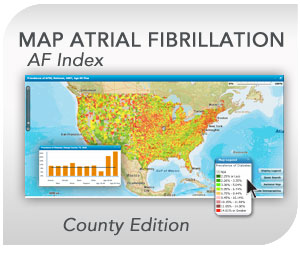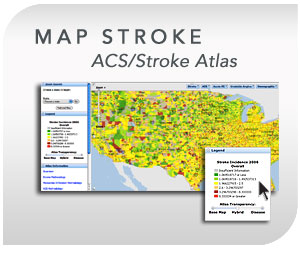Cost-Effectiveness of Hub-and-Spoke Telestroke Networks for the Management of Acute Ischemic Stroke From the Hospitals’ Perspectives
Stroke Reports Friday, December 7th, 2012Background—A hub-and-spoke telestroke network is an effective way to extend quality acute stroke care to remote hospitals and to improve patient outcomes. This study assessed the cost-effectiveness of a telestroke network in the management of acute ischemic stroke from the perspectives of a network, a hub hospital, and a spoke hospital.
Methods and Results—A model was developed to compare costs and effectiveness with and without a telestroke network over a 5-year time horizon. The model considered differences in rates of teleconsultations, intravenous thrombolysis, endovascular stroke therapies, and spoke-to-hub transfers. These inputs were estimated through the use of data from Georgia Health Sciences University and Mayo Clinic telestroke networks. A network model with 1 hub and 7 spokes predicted that 45 more patients would be treated with intravenous thrombolysis and 20 more with endovascular stroke therapies per year compared with no network, leading to an estimate of 6.11 more home discharges. Read more




























